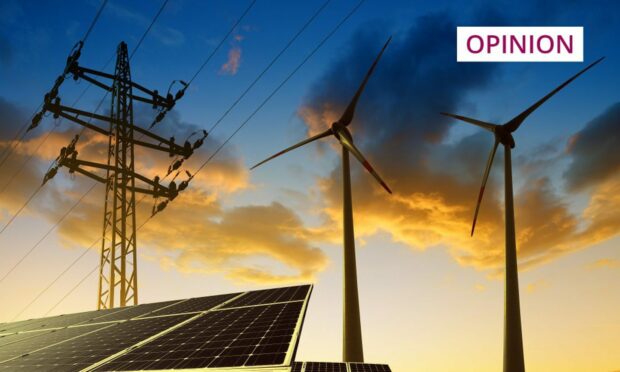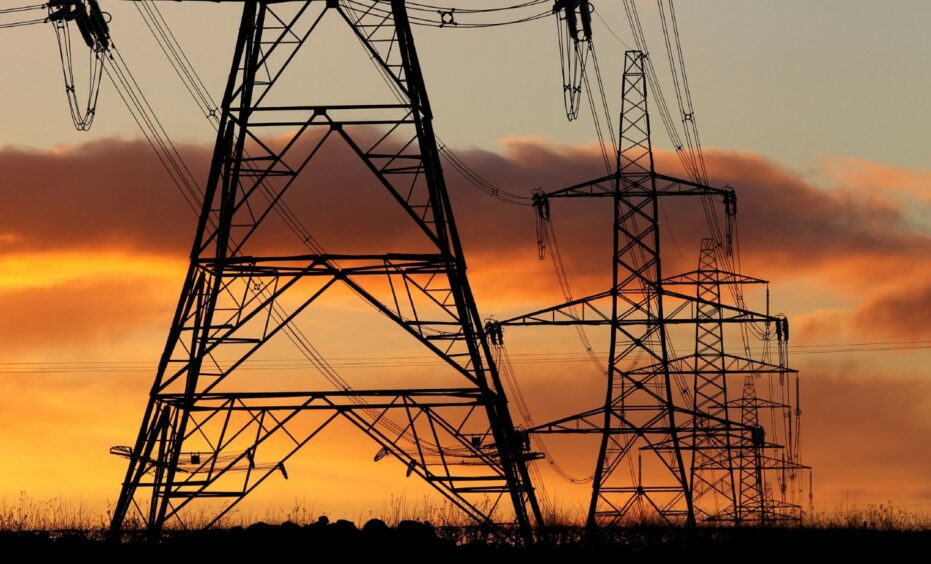To call Britain’s electricity pricing scheme “complex” would be a vast understatement.
The patchwork of payments and charges, benefit schemes and providers, appears baffling.
Over the past week, we have exposed some of the distortions and flaws at the heart of the regime.
We showed how consumers have been overcharged for years and we have heard renewed calls for a complete reset.
But it is not just the north of Scotland, including Tayside, that gets a bad deal.
It now appears the whole of Britain is not getting value for money.
As it stands, Britain is divided into 14 regions when it comes to electricity distribution.
But is it fair for customers in one area to pay more than their neighbours?
For those living in northern Scotland, routinely hit with bills 40% above the UK average, the answer to that question is a resounding no.
To date, those in power have completely failed to show the guts needed to find a solution.
In the past, they no doubt feared the heat they would get from other regions who would be told to pay a bit more in order to give a fair deal to Scots.
The system needs rewiring
Now, bills are rocketing for everyone, causing real suffering across the country.
In an alarming forecast for the months ahead, Bank of England governor Andrew Bailey yesterday said the UK was heading for a recession that could last throughout 2023.
"The worst thing that can happen is that the inflation becomes embedded… and it will hurt the least well-off even more."
Governor of the Bank of England, Andrew Bailey, tells @JackieLongc4 a recession is currently the "most likely outcome" for the UK economy. pic.twitter.com/AWdfGUrsOP
— Channel 4 News (@Channel4News) August 4, 2022
He blamed Russia’s invasion of Ukraine for the big increases in energy prices and predicted domestic energy bills on average to rise to £3,500 this October.
Surely this cost-of-living crisis will give our politicians the jolt they need to take action on the broken energy market.
It is not enough just to turn the switch off and on again.
The system needs a total rewiring.












Conversation